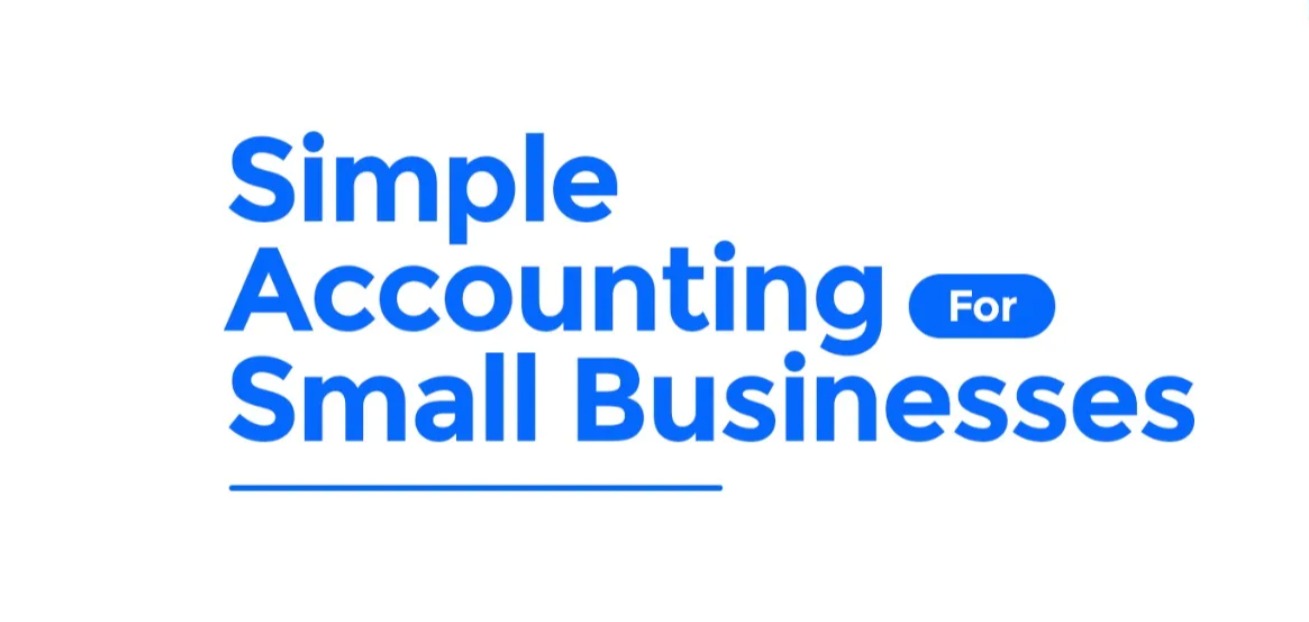We’re well past the point where side projects are just “nice-to-haves.” They’re now your portfolio, your proof of work, and sometimes, your paycheck.
While 80% of side hustlers say they just want to earn more, others are driven by a deeper urge of freedom, ownership, and the chance to create on their own terms.
Nonetheless, only 34% of job seekers in tech actively work on side projects, despite the fact that hiring managers are scanning portfolios and GitHub pages before they even look at your CV.
In our Macro Monday discussion today, we’re not recycling vague advice. These are practical, field-tested projects people are using right now to build wealth, gain skills, and land roles. Smart work that pays off.
Project Categories at a Glance
To make it easier, we’ve grouped these into four core types:
 Build Something Useful – Tools, products, or platforms
Build Something Useful – Tools, products, or platforms Create & Share Content – Blogs, tutorials, newsletters
Create & Share Content – Blogs, tutorials, newsletters Offer a Service – Freelance, contract, consulting
Offer a Service – Freelance, contract, consulting Use Smart Tools – AI-powered or automated hacks
Use Smart Tools – AI-powered or automated hacks
You don’t need to pick one lane. In fact, over 50% of side hustlers juggle three or more projects. Let’s dive in.
10 Side Projects Worth Your Time
1. Build a Chrome Extension That Solves One Frustrating Problem
What it is: Identify a pain point (e.g. LinkedIn limits, auto-refresh for crypto trackers), then create a small extension that fixes it.
Monetisation: Offer a free version, then upsell features.
Real example: Many developers have built Chrome tools that now passively earn them hundreds monthly via Gumroad.
Start here: Learn the basic Chrome APIs, use JavaScript, and publish to the Web Store.
2. Turn Your Resume into a One-Page Portfolio Site
What it is: Convert your CV into a personal webpage showcasing work, skills, links, and testimonials.
Job impact: Instant credibility. Recruiters Google you; give them something to find.
Visibility: Include GitHub links, project demos, or blog posts.
Start here: Use templates from tools like Framer or Notion, or host a static site via GitHub Pages.
3. Write a Weekly Newsletter in Your Niche
What it is: Share insights, curations, or experiments in tech, design, or writing.
Monetisation: After building a subscriber base, offer sponsorships or premium content.
Job angle: Writing forces clarity and attracts employers who care about communication.
Start here: Substack, Beehiiv, or even LinkedIn Newsletters.
4. Contribute to an Open Source Project
What it is: Improve, document, or bug-fix public codebases.
Credibility: Shows team skills, code quality, and real-world impact.
Networking: Maintainers and contributors often refer each other for jobs.
Start here: Use GitHub’s “Good First Issue” label to onboard quickly.
5. Build and Sell Notion or Figma Templates
What it is: Create digital templates people can use for productivity, design, or content planning.
Income: List them on marketplaces or your own site. Some sellers earn $500–$2,000/month.
No code needed: Just good design thinking and problem solving.
Start here: Browse the most downloaded templates, then create your own twist.
6. Join and Win a Hackathon (Even a Virtual One)
What it is: Build a product or prototype over a few days with a team or solo.
Value: Recognition, cash prizes, and sometimes direct job offers.
Resume boost: Demonstrates speed, collaboration, and initiative.
Start here: Sites like Devpost, MLH, and AngelHack list ongoing events globally.
7. Start a Micro SaaS That Solves a Niche Problem
What it is: A simple subscription-based tool built for a narrow audience.
Earnings: Many devs earn $1k–$5k/month from solo tools.
Scalability: Low overhead, high leverage.
Start here: Solve a workflow issue in your industry. Build in public for feedback.
8. Create an Open Source API Wrapper
What it is: Wrap a complex or poorly documented API (e.g. government data, crypto, niche SaaS) into something easier to use.
Impact: Developers appreciate great wrappers—your repo might go viral.
Job bonus: Shows backend and API fluency, which hiring managers love.
Start here: Pick an API, write the wrapper, document it clearly, and share.
9. Design and Sell Developer-Themed Merchandise
What it is: Funny t-shirts, coding mugs, niche stickers, even physical zines.
Earnings: Print-on-demand means zero upfront costs.
Branding: Build a small community and turn it into a brand.
Start here: Use Teespring or Redbubble, promote on Reddit or Dev.to.
10. Launch a Free Tool That Solves a Micro-Pain
What it is: A tiny website, calculator, or widget that does one thing well.
Why it works: Low barrier to build, high value if done right.
Examples: Colour palette generators, Markdown previewers, habit trackers.
Start here: Identify what you Google for regularly, then build it yourself.
Bonus: Stack Your Side Projects
One side project can turn into a whole ecosystem. Your Chrome extension gets you newsletter subscribers. Your newsletter feeds into your micro SaaS. Your micro SaaS becomes your main income.
This is how people are building tech careers that don’t depend entirely on job boards or HR filters. It’s all about creating your own momentum.
Just Start
Most people overthink this. You don’t need VC funding or perfect skills. You just need to start.
In 2025, spending 11–16 hours per week on a side project can translate into $16–23/hour or even more over time. For those of us in regions like Sub-Saharan Africa, where online gig work is becoming more common, this isn’t just a trend, it’s a strategy and a growth path to thrive.
Choose one idea. Build fast. Ship often. You never know which project will open the next door.
Which of these projects are you most likely to start? Hit reply, comment, or share it with someone who’s stuck. Your future job, or income stream, might be waiting on the other side of a weekend build.
![]()
The post 10 Side Projects That Can Make You Money (or Land You a Job) in Tech appeared first on Tech | Business | Economy.

.png) 16 hours ago
4
16 hours ago
4










.png)




 English (US) ·
English (US) ·